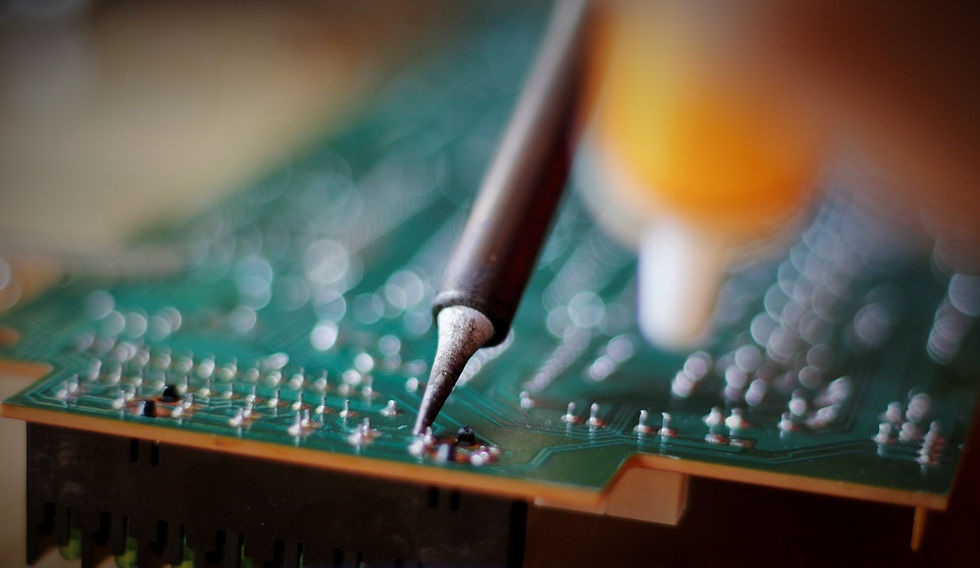From Tiny Whispers to Roaring Predictions: The Rise of Neuromorphic Chips
- Shriya
- Mar 6, 2024
- 2 min read

Imagine a chip that doesn't just process information, it breathes it. Not literally, of course, but that's the metaphor floating around a revolutionary new technology: neuromorphic chips. Inspired by the human brain's structure and function, these chips promise to be the next big leap in AI and information processing. Forget the rigid, binary world of traditional silicon chips – neuromorphic chips operate on a different plane, mimicking the neural pathways and synapses that govern our own thinking.
This isn't some futuristic fantasy. In 2024, companies like Intel, IBM, and Samsung are actively developing and launching neuromorphic chips. Intel's Loihi, unveiled in 2018, has already made waves for its ability to handle complex tasks like real-time object recognition with low power consumption. And things are only accelerating.
So, what makes these chips so special? It all boils down to efficiency and adaptability. Unlike traditional chips that process information sequentially, neuromorphic chips operate in parallel, mimicking the brain's network of interconnected neurons. This allows them to handle complex tasks with significantly less power and potentially unlock entirely new avenues for AI development.
Think about it: self-driving cars navigating chaotic traffic in real-time, robots adapting to their environment on the fly, or AI doctors analyzing medical images with unprecedented accuracy. These are just a few examples of the potential applications of neuromorphic chips. They could revolutionize industries, transform our daily lives, and even push the boundaries of what we consider "intelligent."
But it's not all sunshine and rainbows. Neuromorphic chips are still in their infancy. Programming them requires different approaches than traditional chips, and their full potential remains untapped. Yet, the progress is undeniable. With each passing year, these chips inch closer to achieving their groundbreaking promise.
So, while you may not find neuromorphic chips in your smartphone just yet, they're whispering their arrival. And when they finally roar, their impact will be seismic. Get ready for a future where technology mimics the brain, blurring the lines between silicon and synapse, and ushering in a new era of intelligent computing.




Comments